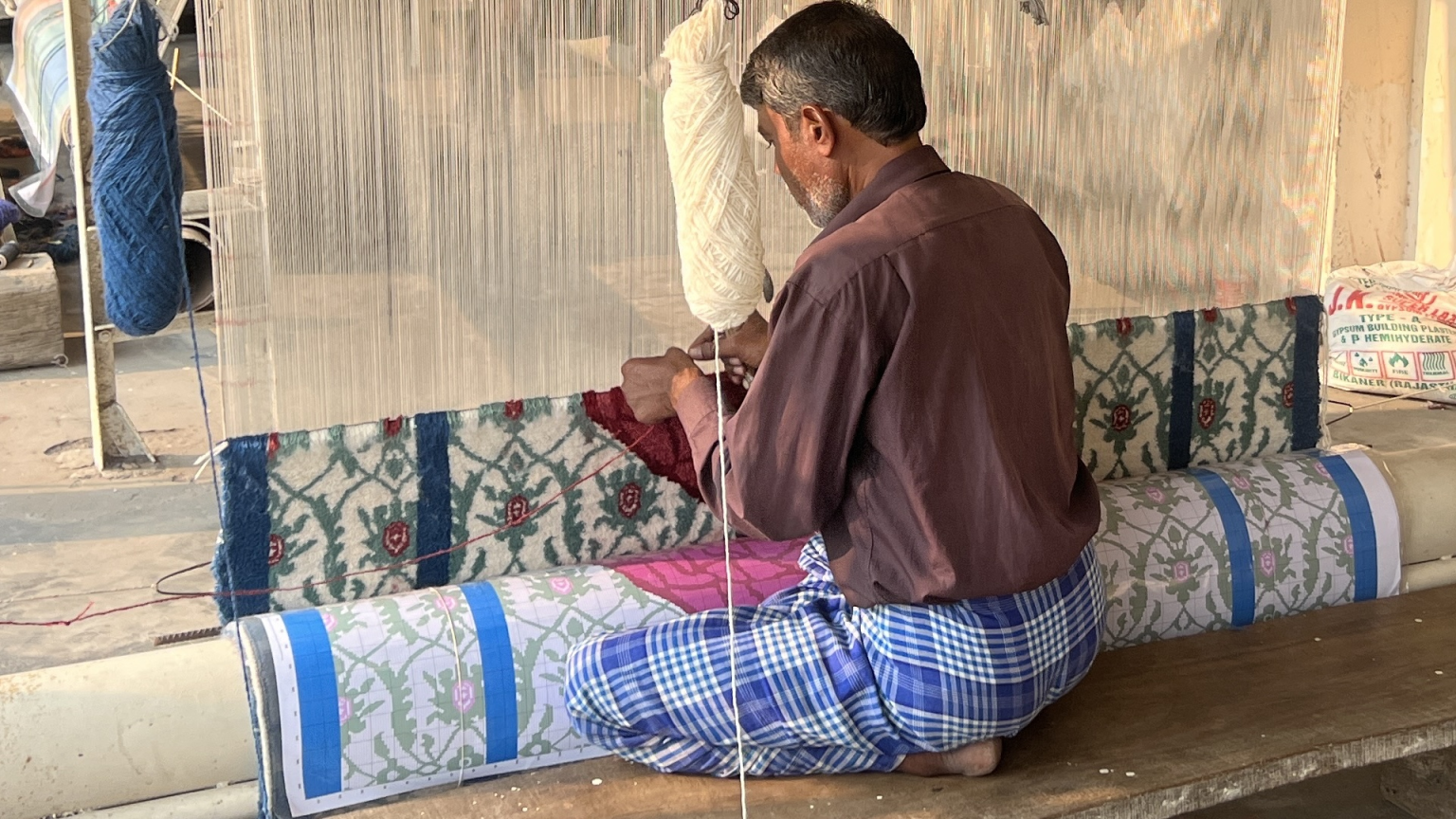Unraveling the Artistry: Why Hand-Knotted Rugs?
When it comes to adorning your living space with a rug, you’re presented with a plethora of options. From the material and design to the size and style, the choices can be overwhelming. However, there’s one rug-making technique that stands head and shoulders above the rest when it comes to quality and longevity – hand knotting.
The Time-Tested Art of Hand Knotting
Artisans have been perfecting the craft of hand knotting for centuries, and it’s no wonder that this technique remains a favorite among rug makers and enthusiasts alike. The secret lies in the thousands of individual knots that are meticulously tied around the warp and weft of the rug. It’s this painstaking process that sets hand-knotted rugs apart, offering a level of quality that simply can’t be matched by other methods.
Texture and Height: The Versatility of Hand Knotting
One of the remarkable aspects of hand knotting is its ability to produce a wide range of textural surfaces, from fine and flat to chunky or shaggy. This versatility allows artisans to adapt the surface texture and height by using different knotting techniques.
Pilt vaiba sõlmedest
The Knot Size: A Key to Quality
If you’re wondering how to distinguish a truly exceptional rug, look no further than the size of the knot. In the world of hand-knotted rugs, size matters, and the smallest knots are the ones that truly stand out. These tiny knots allow for intricate patterns and fine details, and they’re also a testament to the rug’s exceptional durability.
Pilt persian knot vs tibetan knot võrdlusest
Persian Knot vs. Tibetan Knot
Within the realm of hand knotting, there are two primary knotting techniques: Persian knots and Tibetan knots.
Persian Knots (Senneh Knots): These knots are known for their asymmetrical nature and the fact that they leave no gaps. As a result, the weave is finer, making it the preferred choice for intricate and complex designs. However, it’s worth noting that Persian knots require more time and patience to complete a rug due to their level of detail and precision.
Tibetan Knots: In contrast, Tibetan knots are created by looping yarn around a temporary rod placed in front of the warp and then woven through two warps. This technique is more efficient in terms of time, making it a quicker way to finish a rug than Persian knotting.
Pilt vaibast ruumis või mõni muu brändi imagopilt
Casa Rugs: Upholding the Tradition of Excellence
At Casa Rugs, we take immense pride in our commitment to quality and craftsmanship. That’s why we exclusively use the Persian knotting technique in our rug-making process, which takes place in India. While many other rug makers opt for the Tibetan knotting method, particularly those in Nepal, we believe that the precision, durability, and intricate beauty of the Persian knot make it the superior choice for crafting rugs that truly stand the test of time.
In conclusion, the art of hand knotting is a testament to the dedication and skill of artisans who have honed their craft over centuries. When you choose a hand-knotted rug, you’re not just adding a piece of decor to your space; you’re investing in a work of art that will enrich your home for generations to come. Casa Rugs proudly upholds this tradition of excellence, ensuring that every rug we create is a masterpiece of quality and durability.
Ready to experience the timeless elegance and enduring quality of hand-knotted rugs? Explore our exquisite collection at Casa Rugs and transform your space with a touch of craftsmanship that lasts a lifetime.
